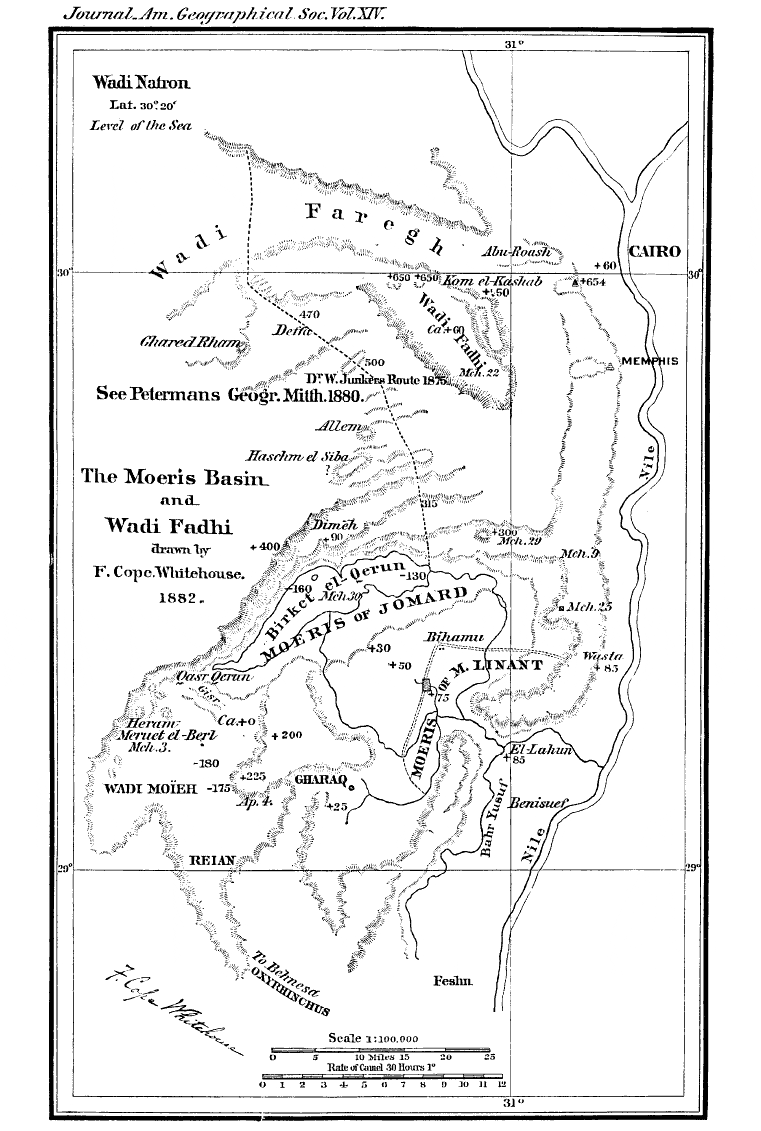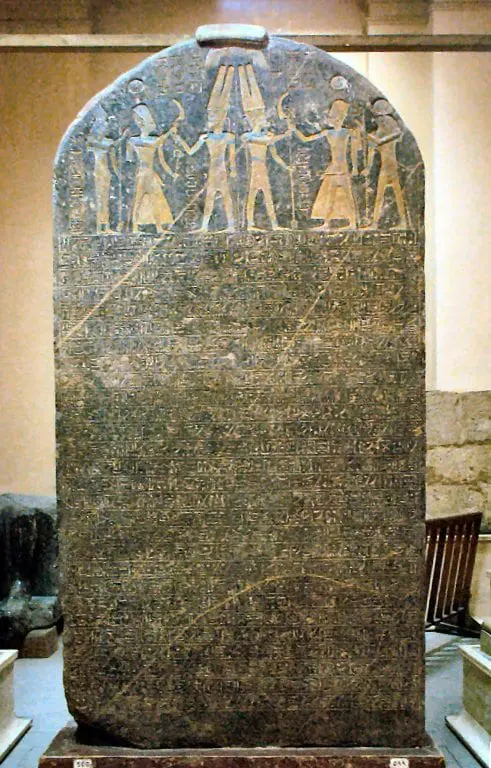Bible skeptics commonly point to a lack of archaeological evidence of Biblical events to discredit the historicity of the Bible. In Part 1 of this article we addressed the major issues with traditional Egyptian chronology itself and in Part Two we discuss some of the corroboratory evidence that we do have.
Due to the extreme difficulty in attempting to align the Egyptian and Hebrew timelines, archaeologists are often searching for evidence of specific Biblical events in the wrong time in Egyptian history. Evidence of Hebrew occupation in Egypt is found when historians look at the time period around 1450 BC, instead of the traditional date of 1300 BC. Dr. Thomas McCall (Th.M in Old Testament studies and Th. D in Semitic Languages and Old Testament) notes some interesting finds that relate to Joseph’s time in Egypt in an article for Levitt Letters titled Has Joseph’s Tomb Been Found in Egypt, “There are large peasant-type cities in Goshen, with a Semitic culture obviously different from that of their Egyptian hosts.” Dr. McCall also mentions the artificial lake named Lake Moeris, which was formed in ancient times by a canal running off the Nile River. This canal is called the Canal of Joseph to this day.

Bahr Yusuf translates to Canal of Joseph
World renowned biblical archaeologist Nelson Glueck (who graced the cover of Time Magazine in December 1963) discovered over 1,500 biblical sites during his career.

Egyptologist, David Rohl, believes he may have found the possible palace, tomb, and statue of Joseph. In an area of Goshen that was occupied by a large number of Semitic people, a palace and tomb has been discovered that has an interesting combination of both Egyptian and Semitic style. Inside the tomb complex is an unusual statue that has been heavily vandalized. The statue depicts a man who was clearly a high ranking Egyptian authority because he has throw-stick on his chest, which was a symbol of Pharaoh’s authority. Oddly enough, however, the statue has red hair, styled in a Semitic fashion, and wears a coat with variegated colors.
The Ipuwer Papyrus contains an Egyptian poem with remarkable parallels to the Exodus account. It says that the Nile was blood and undrinkable and repeatedly mentions that servants left their masters. Brad C. Sparks writes in his, Egyptian Text Parallels to the Exodus: The Egyptology Literature, “some 90 Egyptian papyri demonstrate parallels to the Exodus.” Archaeologist Dr. David Graves notes, “This implies that the event of the Exodus may still have been a part of Egyptian living memory in either the 15th or 13th century BC.”

Skeptics often allege there is no evidence for Joshua’s conquest. This claim is very difficult to counter since, according to Dr. Bryant Wood, no written records from the conquest period (1406-1400 BC) have been discovered to provide independent witness. However, Dr. Wood does point to the existence of indirect evidence.
First, is the Merenptah Stela, discovered by Flinders Petrie in 1896. Merenptah was a late 13th century Pharaoh and this stela documents his campaign into Canaan sometime around 1210 BC. The relevant portion of the stela reads, “Israel is laid waste, having no seed. Khurru has become widowed, because of Nile-land.” Wood explains the significance, “The king of the greatest nation on earth certainly would not have boasted of defeating an unknown or unimportant people. Since Israel is the only people group from Canaan mentioned in the text, it suggests Israel was the most powerful populace in central Canaan at that time. In addition, Merenptah boasted that all of Khurru, a general term for Syria-Canaan, became a widow because of the alleged eradication of Israel. This indicates that Israel’s loss would have been devastating to the entire region, again attesting to Israel’s importance. In order to achieve this status, Israel must have been in Canaan for a significant length of time prior to 1210 BC.”

Second, Wood points out a 6th century writing of Procopius of Caesarea (a Greek historian) explaining how the Phoenecians ended up in North Africa: “They [the Canaanites] also built a fortress in Numidia, where now is the city called Tigisis [probably in Algeria]. In that place are two columns made of white stone near by the great spring, having Phoenician letters cut in them which say in the Phoenician tongue: ‘We are they who fled from before the face of Joshua, the robber, the son of Nun.’” These columns are referenced by other Greek historians as well. Wood writes, “It is highly unlikely that the Phoenicians of North Africa would have invented such a demeaning tradition to explain how they came to be in North Africa.”
Perhaps most interesting is the site of Jericho- the famous city whose walls God caused to tumble down after which Joshua and the Israelites destroyed the city. Excavations of Jericho reveal the following Biblical corroboration as listed by Dr. Wood:
- The city was strongly fortified (Joshua 2:5,7,15,6:5,20).
- The attack occurred just after harvest time in the spring (Joshua 2:6, 3:15, 5:10).
- The inhabitants had no opportunity to flee with their foodstuffs (Joshua 6:1).
- The siege was short (Joshua 6:15).
- The walls were leveled, possibly by an earthquake (Joshua 6:20).
- The city was not plundered (Joshua 6:17-18).
- The city was burned (Joshua 6:20).
Archaeologists have historically held that Jericho could not have been destroyed by the Israelites based primarily on archaeologist Kathleen Kenyon’s assessment of a lack of expensive, imported pottery from Cyprus found at the site which caused her to date the destruction around 1550 BC- too early for the conquest recorded in the Bible. However, Dr. Wood refutes Kenyon’s dating due to the fact that a considerable amount of Cypriot pottery was found by an archaeologist who preceded Kenyon (Garstang) before its significance in dating was known. Kenyon didn’t discover any because she was excavating in only two 26 foot squares. This, along with other evidence Wood interprets from the findings of both Kenyon and Garstand, lead Wood to date the destruction of Jericho at around 1400 BC, which does fit the Biblical narrative.
This is merely a selection of the evidence that lends support for Biblical events. Skeptics routinely dismiss or choose to alternatively interpret individual finds. However, when the evidence is viewed collectively, it presents quite a strong case for the Bible’s historicity.






